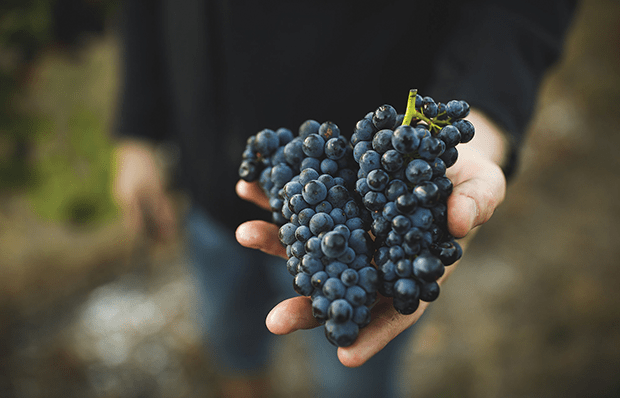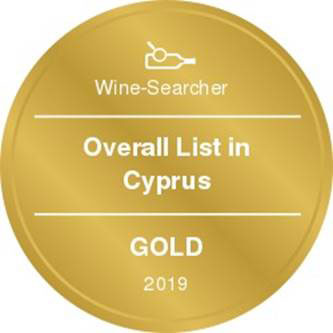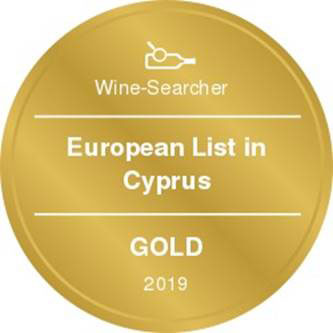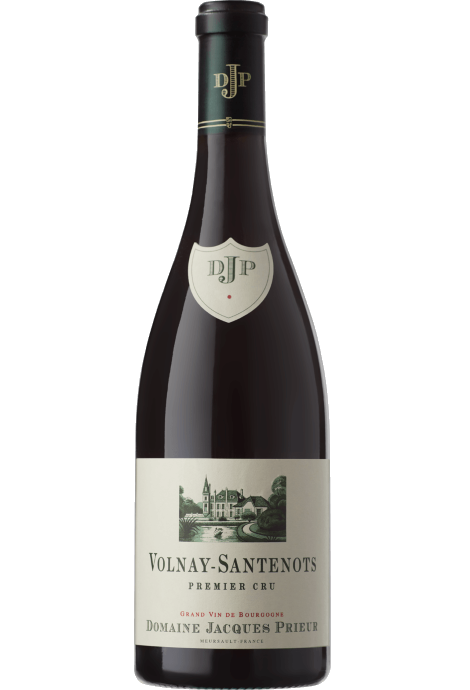JACQUES PRIEUR VOLNAY SANTENOTS 1ER CRU 2016
Country: France, Bourgogne, Cote De Beaune
Grape Varieties: 100% Pinot Noir
Grape Varieties: 100% Pinot Noir
Terroir
Some vines planted in 1997 in our Monopole Volnay Clos des Santenots give elegant wines with a fine bouquet and racy tannins.
Vinification & Ageing
The grapes were handpicked into small crates, then sorted and totally destemmed. The wine stayed on the skins for 20 days in temperature-controlled open oak vats. Pigeage (punching down the cap) was done twice a day during alcoholic fermentation.
100% malolactic fermentation The wine was aged entirely in new oak barrels. Duration of barrel ageing: 18 months
Tasting Notes
Colour: Very attractive dark ruby-red with intense purple highlights.
Bouquet: Ethereal, with floral and spicy aromas.
Palate: Rich, with liquorice notes and then showing spice and cocoa. Warm aftertaste with elegant, fresh, digestible tannin.
Food Pairing: Duck, Goose and Game Birds
Some vines planted in 1997 in our Monopole Volnay Clos des Santenots give elegant wines with a fine bouquet and racy tannins.
Vinification & Ageing
The grapes were handpicked into small crates, then sorted and totally destemmed. The wine stayed on the skins for 20 days in temperature-controlled open oak vats. Pigeage (punching down the cap) was done twice a day during alcoholic fermentation.
100% malolactic fermentation The wine was aged entirely in new oak barrels. Duration of barrel ageing: 18 months
Tasting Notes
Colour: Very attractive dark ruby-red with intense purple highlights.
Bouquet: Ethereal, with floral and spicy aromas.
Palate: Rich, with liquorice notes and then showing spice and cocoa. Warm aftertaste with elegant, fresh, digestible tannin.
Food Pairing: Duck, Goose and Game Birds
Product Id: 3057

For orders €100,00 and above we deliver free to your place
For orders below €100,00 delivery charge €10,00 within city limits
For orders below €100,00 delivery charge €10,00 within city limits

Pinot Noir
Pinot Noir is probably the most frustrating, and at times infuriating, wine grape in the world. However when it is successful, it can produce some of the most sublime wines known to man. This thin-skinned grape which grows in small, tight bunches performs well on well-drained, deepish limestone based subsoils as are found on Burgundy`s Côte d`Or.
Pinot Noir is more susceptible than other varieties to over cropping - concentration and varietal character disappear rapidly if yields are excessive and yields as little as 25hl/ha are the norm for some climates of the Côte d`Or.
Because of the thinness of the skins, Pinot Noir wines are lighter in colour, body and tannins. However the best wines have grip, complexity and an intensity of fruit seldom found in wine from other grapes. Young Pinot Noir can smell almost sweet, redolent with freshly crushed raspberries, cherries and redcurrants. When mature, the best wines develop a sensuous, silky mouth feel with the fruit flavours deepening and gamey "sous-bois" nuances emerging.
The best examples are still found in Burgundy, although Pinot Noir`s key role in Champagne should not be forgotten. It is grown throughout the world with notable success in the Carneros and Russian River Valley districts of California, and the Martinborough and Central Otago regions of New Zealand.
Pinot Noir is more susceptible than other varieties to over cropping - concentration and varietal character disappear rapidly if yields are excessive and yields as little as 25hl/ha are the norm for some climates of the Côte d`Or.
Because of the thinness of the skins, Pinot Noir wines are lighter in colour, body and tannins. However the best wines have grip, complexity and an intensity of fruit seldom found in wine from other grapes. Young Pinot Noir can smell almost sweet, redolent with freshly crushed raspberries, cherries and redcurrants. When mature, the best wines develop a sensuous, silky mouth feel with the fruit flavours deepening and gamey "sous-bois" nuances emerging.
The best examples are still found in Burgundy, although Pinot Noir`s key role in Champagne should not be forgotten. It is grown throughout the world with notable success in the Carneros and Russian River Valley districts of California, and the Martinborough and Central Otago regions of New Zealand.
 +357 25 76 06 08
+357 25 76 06 08














